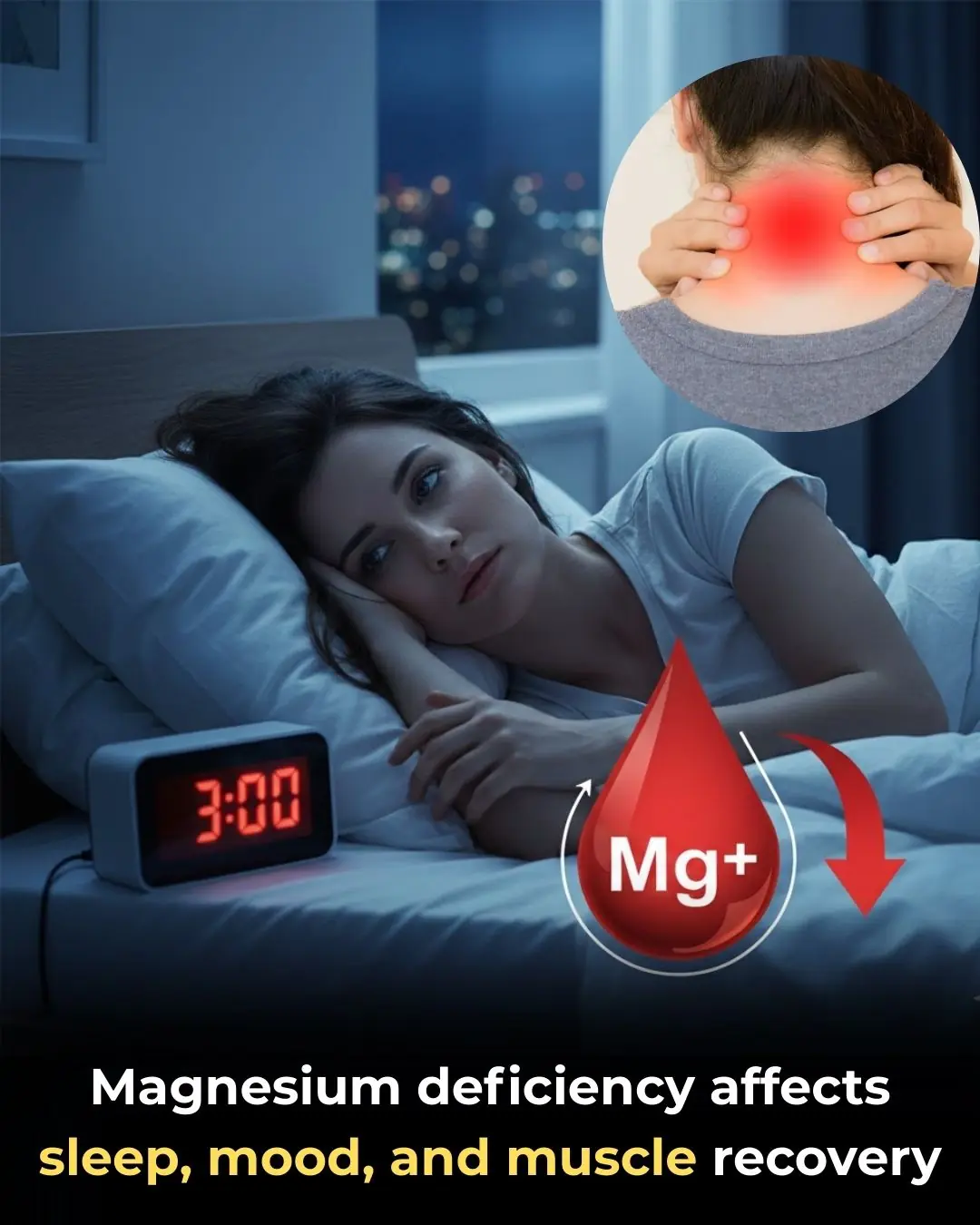
🚶 The Power of Post-Meal Movement: Why a Ten-Minute Walk is a Game-Changer for Blood Sugar Control
The management of blood sugar, or glucose, is a cornerstone of metabolic health, particularly in the prevention and management of Type 2 Diabetes. While intense, prolonged exercise is widely recommended, emerging research suggests that a remarkably simple and achievable habit—taking a short ten-minute walk after meals—offers profound, measurable benefits for improving blood sugar control. This gentle, post-meal activity is proving to be a highly effective strategy for mitigating the sharp glucose spikes that commonly occur following food intake.
The Mechanism: Muscles as Glucose Sponges
The primary mechanism explaining the efficacy of post-meal walking involves the muscles' role in glucose uptake. After consuming carbohydrates, the body digests them into glucose, which enters the bloodstream. To prevent dangerously high blood sugar levels (hyperglycemia), the body releases insulin to signal muscle and fat cells to absorb this glucose.
However, gentle, low-intensity activity, like a casual walk, provides an additional, direct mechanism:
-
Increased Muscle Uptake: Walking causes the muscles to contract. Muscle contraction stimulates a process independent of insulin that directly pulls glucose from the bloodstream into the muscle cells to be used as energy. This effectively acts as a pump, clearing excess sugar from the blood faster.
-
Improved Insulin Sensitivity: By reducing the sharp, immediate spike in blood sugar, the body's cells are not constantly bombarded by high levels of insulin. Over time, this small, consistent habit can significantly improve insulin sensitivity, meaning the body’s cells respond more effectively to insulin when it is released, leading to better long-term glucose regulation.
Superiority Over Intensive Workouts
Intriguing studies have shown that short walks taken immediately after eating may actually be more effective than longer, more intensive workouts performed at other times of the day specifically for managing post-meal glucose levels.
When glucose levels spike right after eating, the immediate goal is to flatten that peak. A sustained, light activity period during this critical window (the first 60 to 90 minutes after eating) directly intercepts the flood of glucose. A long workout performed several hours later will certainly improve overall metabolism, but it misses this immediate, critical opportunity to mitigate the post-meal surge that contributes significantly to blood vessel damage and pancreatic fatigue.
The optimal timing is key: researchers suggest that walking 30 to 60 minutes after the start of a meal is ideal, as this aligns with the typical peak time for blood glucose levels.
Public Health and Long-Term Metabolic Benefits
The simplicity and low barrier to entry for this routine make it a powerful tool for public health. It requires no specialized equipment, no gym membership, and only a minimal time commitment. Incorporating this small habit into daily life—such as walking around the office, the neighborhood, or simply standing while performing light chores—can support long-term metabolic health for a wide demographic, including busy professionals and elderly individuals.
For those at risk of developing Type 2 Diabetes or those already diagnosed, this routine is an accessible, non-pharmacological intervention that can lower the average glucose readings (HbA1c) and decrease dependence on medications over time. By turning a small, ten-minute commitment into a cornerstone of daily routine, individuals can proactively manage their health, demonstrating that impactful change is often found in the simplest adjustments.
📚 References
-
Chambers, R., et al. (2014). Sitting Time and Subcutaneous Abdominal Fat in Individuals at Risk for Type 2 Diabetes. Diabetes Care. (Research supporting the benefits of interrupting sedentary time, especially post-meal).
-
Diabetes UK / American Diabetes Association (ADA) Clinical Guidelines. (Official guidance emphasizing the role of physical activity, especially short bursts, in managing blood glucose).
-
Hanson, E., et al. (2013). The effect of walking on postprandial glucose levels in overweight and obese adults: a systematic review. Sports Medicine. (Review detailing the specific efficacy of post-meal walking in reducing glucose spikes).
News in the same category


🧠 The Anxiety Circuit: Discovery of a Neural Pathway That Functions as an On/Off Switch for Fear

✨ The Unsung Mineral: How Magnesium Deficiency Compromises Nerve Signaling and Undermines Holistic Health

🎮 The Virtual Battlefield: How the British Army is Leveraging Call of Duty for Next-Generation Tactical Training

🍔 The Hijacked Brain: How Ultra-Processed Foods Mimic Addiction and Disrupt Decision-Making

How Chronic People-Pleasing Could Increase Your Risk of Autoimmune Disease

Autophagy: How Your Body's 'Self-Cleaning' Process Boosts Health and Longevity

Groundbreaking Stem Cell Therapy Reverses Type 1 Diabetes, Restoring Natural Insulin Production

Early Detection of Testicular Cancer: The Key to Saving Lives in Young Men

New Research Shows Coffee Consumption Can Reduce Liver Cancer Risk by 43%

Why Do We Get Shocked by Static Electricity

What Clearing the Table Says About You

What is their purpose in doing so?

🛁 Say Goodbye to the Shower: Japan Unveils the 15-Minute "Human Washing Machine"

Fingerprint Individuality: A Story Written by Biology, Environment, and Chance

Northwestern Study Reveals Hidden Dangers in Youth Skincare Influencer Culture

Scientists Discover a Brain Receptor That Acts as a Natural Shield Against Alzheimer’s

A Fluorescent Breakthrough: New Dye Helps Surgeons Precisely Target Prostate Cancer
News Post

💉 The Future of Cardiac Screening: New Blood Test Detects Hidden Heart Disease Years Before Symptoms

🧠 The Anxiety Circuit: Discovery of a Neural Pathway That Functions as an On/Off Switch for Fear

✨ The Unsung Mineral: How Magnesium Deficiency Compromises Nerve Signaling and Undermines Holistic Health

🎮 The Virtual Battlefield: How the British Army is Leveraging Call of Duty for Next-Generation Tactical Training

🍔 The Hijacked Brain: How Ultra-Processed Foods Mimic Addiction and Disrupt Decision-Making

How Chronic People-Pleasing Could Increase Your Risk of Autoimmune Disease

Autophagy: How Your Body's 'Self-Cleaning' Process Boosts Health and Longevity

Groundbreaking Stem Cell Therapy Reverses Type 1 Diabetes, Restoring Natural Insulin Production

Breakthrough Ready-Made Immune Cell Therapy Shows Promise in Treating Advanced Kidney Cancer

Early Detection of Testicular Cancer: The Key to Saving Lives in Young Men

New Research Shows Coffee Consumption Can Reduce Liver Cancer Risk by 43%

Clothes are easily wrinkled when washed: Put something cheap in the machine when washing, the clothes will come out flat.

Refrigerator leaks water, slows down cooling: Women can learn how to fix it themselves, no need to call a technician

Why Do We Get Shocked by Static Electricity

What Clearing the Table Says About You

The Magic of Lemon Juice and Activated Charcoal: Natural DIY Solutions for Skin and Teeth

Improve Eyesight Naturally With Onion Tea: Benefits, Uses & How to Make It

Make your own biotin powder for glowing skin
